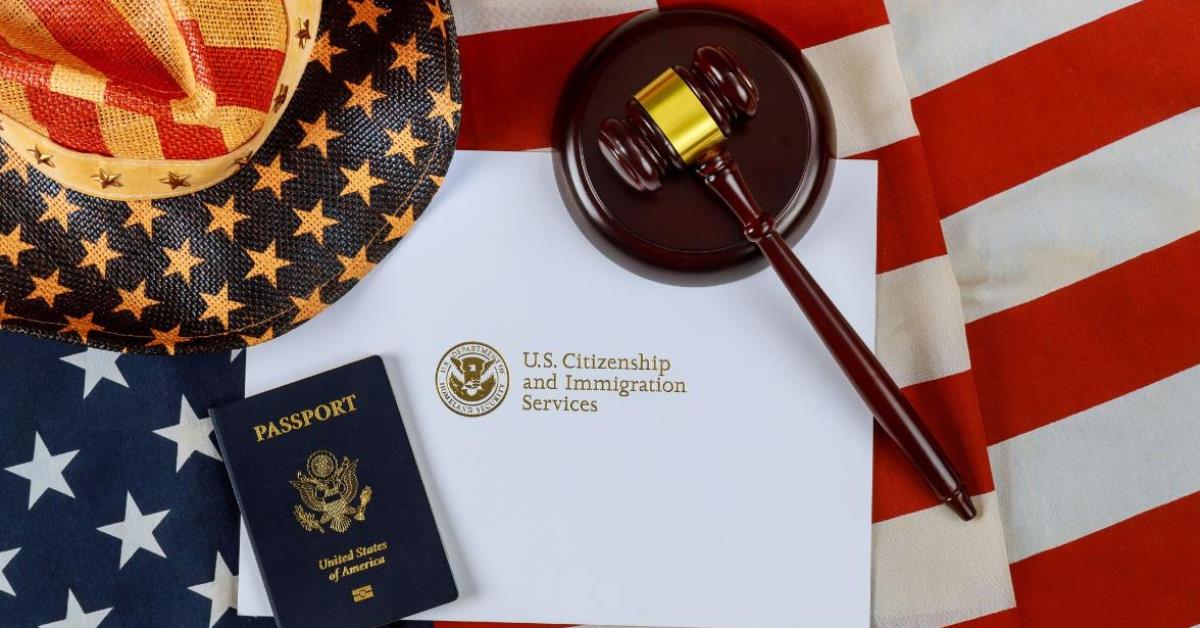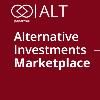| | by Sidra Jabeen | Content Manager, Paperfree Magazine |
USCIS Updates International Entrepreneur Rule: New Investment Thresholds for 2025
USCIS increases investment and revenue requirements for the International Entrepreneur Rule, effective October 1, 2024, to align with economic inflation.last updated Sunday, July 13, 2025
#the international entrepreneur rule #USCIS
AD
Get Access to EB 5 Visa Investment Projects
Key Takeaways:
- The new investment threshold for initial applications is $311,071, and the government grant threshold is $124,429.
- For extensions, startups require $622,142 in investments or government funds, or annual revenues of $622,142 with a 20% growth rate.
- Qualified investors must demonstrate a history of investments totaling $746,571, accompanied by successful job creation or revenue benchmarks.
- Entrepreneurs can present alternative evidence of their startup’s growth potential.
- The USCIS application fee remains the same despite the new thresholds.
The U.S. Citizenship and Immigration Services (USCIS) has recently announced significant updates to the International Entrepreneur Rule (IER), affecting the eligibility criteria and acceptable evidence for foreign entrepreneurs seeking to remain in the United States. These changes, effective October 1, 2024, are designed to better align with economic inflation rates and promote the growth of U.S.-based startups.
Under the IER, foreign entrepreneurs of U.S. startups formed within the last five years can remain in the United States for up to five years if their startup meets specific criteria, such as achieving funding milestones or creating jobs. This rule aims to harness the public benefit that these startups provide, allowing them to flourish in the competitive U.S. market.
Revised Investment and Revenue Requirements
The new investment and revenue thresholds require entrepreneurs to demonstrate that their startups have received qualified investments of at least $311,071, up from the previous $264,147. Alternatively, government grants must now total at least $124,429, an increase from $105,659. These adjustments ensure that the financial benchmarks reflect current economic conditions.
For entrepreneurs seeking an extension of their authorized stay, the requirements are even more stringent. Startups must have now received at least $622,142 in qualified investments or government funds, created at least five new qualified jobs, or achieved annual revenues of $622,142 with an average annual revenue growth of at least 20%.
If you are considering transitioning from an H-1B visa to an EB-5 visa, our guide on H-1 B to EB-5 offers valuable information on the process, requirements, and benefits of making this transition.
Alternative Evidence for Growth Potential
In instances where the startup partially meets the investment or award criteria, entrepreneurs can present alternative evidence to demonstrate the potential for growth and job creation. This evidence can include various factors such as the number of customers, success in alternative funding platforms like crowdfunding, the startup’s social impact, the applicant’s academic credentials, or prior success with other startups. Additionally, participation in established, reputable startup accelerators or incubators can also be considered.
Updated Criteria for Qualified Investors
The criteria for qualified investors have also been updated. To qualify, investors must have invested at least $746,571 in startups within the last five years, with these startups subsequently creating at least five jobs or generating $622,142 in revenue, with an average annual growth rate of at least 20%. This change ensures that only investors with a proven track record of substantial investment in successful startups can make qualified investments.
Impact on the EB-5 Visa Program
The recent updates to the International Entrepreneur Rule (IER) by the U.S. Citizenship and Immigration Services (USCIS) are expected to have several implications for the EB-5 Visa Program, which allows foreign investors to obtain permanent residency by making significant investments in U.S. businesses.
Increased Competition
The IER’s revised investment and revenue thresholds could make it a more attractive option for some foreign entrepreneurs compared to the EB-5 Visa Program. The IER now requires a minimum investment of $311,071, significantly lower than the EB-5's minimum investment of $900,000 to $1.8 million, depending on the location of the project. This lower threshold could draw potential EB-5 applicants towards the IER.
Diversification of Pathways
The updates offer entrepreneurs more options for pursuing their business and immigration objectives. While both the IER and EB-5 aim to stimulate job creation and economic growth, the IER’s criteria might be more accessible to entrepreneurs who do not meet the higher investment requirements of the EB-5 program. This diversification allows foreign entrepreneurs to choose the pathway that best suits their financial capacity and business objectives.
For more detailed insights on investment opportunities and project evaluations, you can explore our EB-5 Investment Projects page, which highlights various ventures that align with the program’s requirements.
Potential Increase in IER Applications
The alignment of the IER’s investment thresholds with current economic conditions may lead to an increase in IER applications. Entrepreneurs who previously considered the EB-5 program might now find the IER’s requirements more manageable and appealing, potentially shifting a segment of the applicant pool from EB-5 to IER.
Shift in Investor Dynamics
Qualified investors who participate in the EB-5 program might also explore the IER as an additional or alternative investment opportunity. The updated IER requirements for investors, which include a substantial investment history and success in startup creation, could attract those looking for diversified investment options within the U.S. immigration framework.
Economic and Policy Adjustments
Both the IER and EB-5 programs aim to drive economic growth and job creation in the United States. The updates to the IER may lead to an overall increase in entrepreneurial activity, complementing the economic impact of the EB-5 program. In response, USCIS might consider further adjustments to the EB-5 program to maintain its competitiveness and attractiveness to international investors.
To understand the broader impact and trends of the EB-5 Visa Program, our article on EB-5 Statistics provides comprehensive data and analysis on the program’s performance and outcomes.
Conclusion
The USCIS's recent updates to the IER investment and revenue thresholds, along with enhanced criteria for qualified investors, underscore the agency’s commitment to fostering a robust startup ecosystem in the United States. These changes not only reflect current economic conditions but also aim to attract and retain high-potential entrepreneurs from around the world.
The updated guidance on the USCIS website is intended to provide clarity on the IER’s requirements and encourage eligible entrepreneurs to apply. Despite the increased thresholds, the USCIS application fee for entrepreneur applicants remains unchanged, ensuring that the process remains accessible.
Source:
- https://natlawreview.com/article/uscis-updates-guidance-and-increases-investment-and-revenue-thresholds#google_vignette

Pages Related to #the international entrepreneur rule
- Investment Marketplace by Paperfree, alternative investments and more

- 6 Factors to Consider When Investing in Real Estate

- What are alternative investments? How can alts improve your portfolio?

- Alternative investment marketplace: Private Equity, Private Equity Real Estate Investment Opportunities.

- Papefree EB5 investors magazine your source for EB5 insights. EB5 News.

- EB5 Investment Visa Guide 2025

- Paperfree Investment Visa EB-5 Program is Your Your Clear Path to Green Card USA

- US Immigration: Big increase in EB–5 visa fees proposed

Popular Page
Benefits of the EB-5 Visa Program| A Comprehensive Guide
Book a Free Complimentary Call
Search within Paperfree.com
real estate investing Investment Visa USA Investment Magazine Private Real Estate Funds real estate funds
